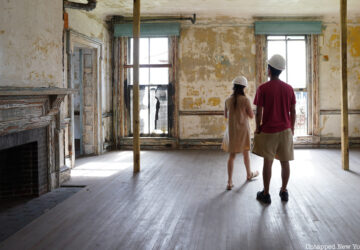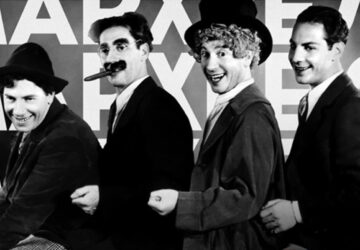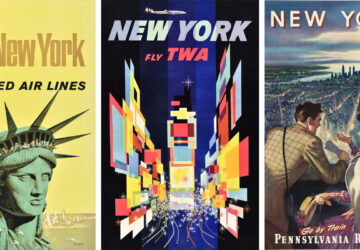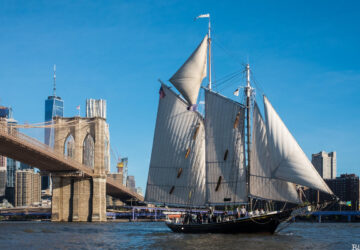Riding the Line – Part 1
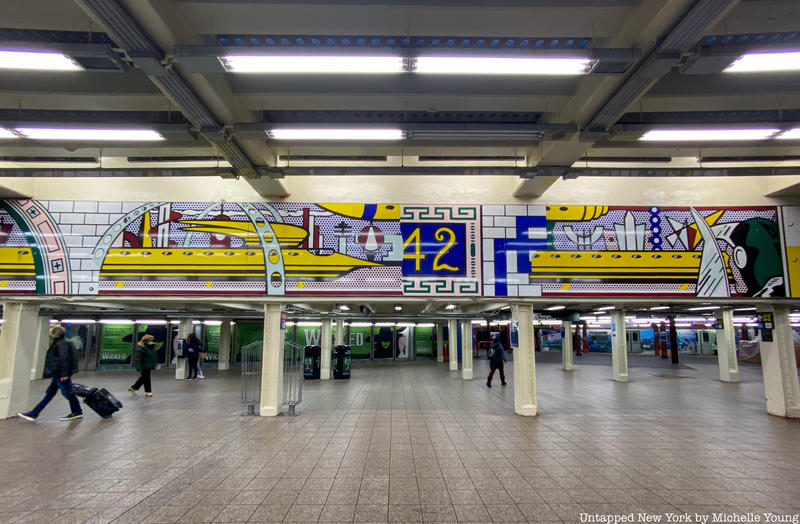
As the train departs 34th Street, the tunnel makes a gradual turn to the right and heads straight down 42nd Street toward its first stop at Times Square. The ride on that first segment is notably quieter due to how relatively new the track segments and tunnels are in comparison to the rest of the line. The Times Square-42nd Street Station is generally where the most passengers board and quickly fill up the cars, as the station has the highest ridership in the entire subway system. The hustle and bustle of Times Square, along with its connections to major transportation hubs like the Port Authority Bus Terminal and Grand Central, are the reasons why it is such a heavily used station.
The next stop on the route is at the 5th Avenue station with connection to the 42nd Street-Bryant Park stop on the B, D, F, and M lines. Bryant Park itself has a unique history and is a common location for people to gather. In the 17th century, the land was used as a cemetery for the city’s poor up until 1823 when it was converted into a distribution reservoir for the city’s drinking water supply. There are plenty of spots to sit and socialize in the park, as well as some restaurants and small coffee shops to check out.
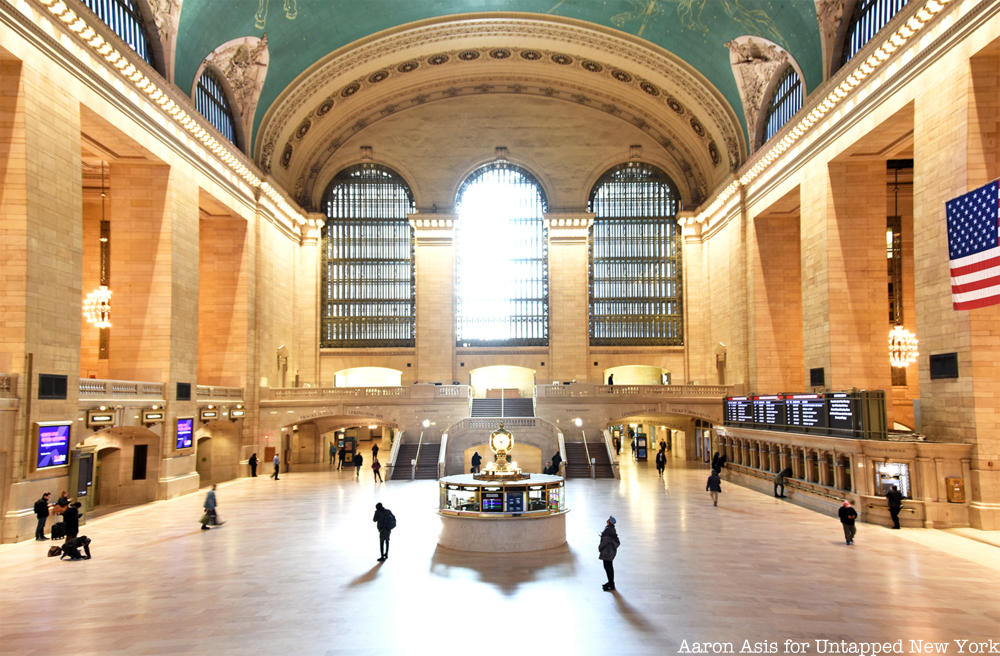
Grand Central is the last stop in Manhattan before the 7 makes its way under the East River into Queens. The terminal is one of the most recognized Beaux-Arts landmarks in New York City, famous for its architecture and history as one of the busiest train stations in America. Thousands of commuters from upstate New York and Connecticut pass through the station via the Metro-North Railroad every day to get to and from work. Along with the 4, 5, 6, and 42nd Street Shuttle lines, the 7 train will also be providing passengers access to the LIRR in the near future. The East Side Access Project is nearing its completion, which means that LIRR service will soon be making its way to Grand Central for the first time, alleviating the pressure on Penn Station as its primary terminal in the city.
Vernon Boulevard-Jackson Avenue is where the 7 finally enters Queens. The portion of Long Island City along Vernon Boulevard has undergone an extensive rezoning project that began in the early 2000s. Most of the property along the river used to be land strictly used for industrial or commercial purposes. Now the neighborhood thrives as a high-income neighborhood and an alternative for New Yorkers looking to own a home or apartment away from the city center. Gantry State Park is just about a five-minute walk from the subway station, as well as Hunters Point South Park and a ferry port.
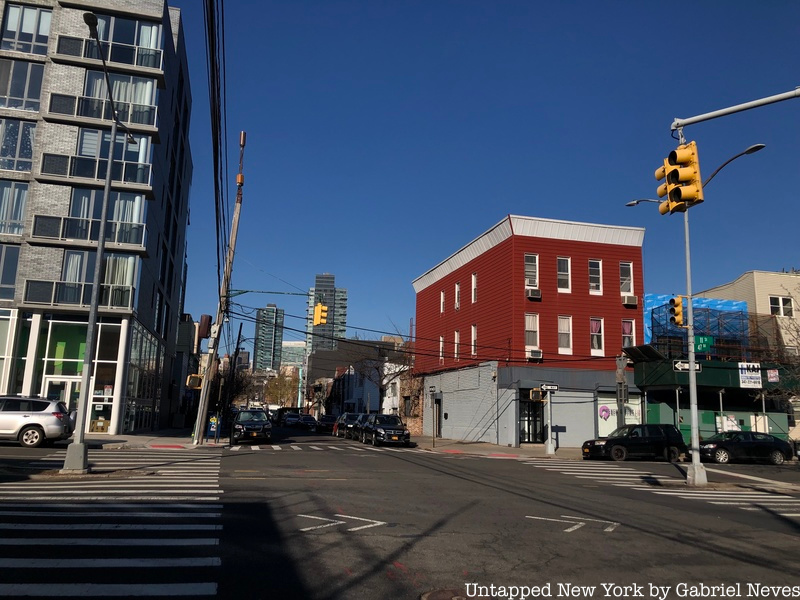
Hunters Point Avenue is the next underground stop and is one of the stations with the lowest ridership on the route. The station offers a connection to the Hunters Point stop on the LIRR, which is also one of the lesser-used stations on the commuter rail line. This eastern portion of the neighborhood is made up mostly of commercial and textile factory buildings.
Coming out from underground, the 7 pulls its way into a sharp left turn as it passes over the Hunters Point rail yard and LIRR maintenance station. The elevated tracks lead the train into Court Square, the third busiest stop on the Queens section of the route. The stop offers transfers to the E, M, and G trains, as well as a few bus connections. A number of historical buildings and art centers can be found near the Court Square station, most notably MoMA PS1 and the now-demolished 5 Pointz. The area has seen a revamp in the amount of art and architecture up for display, especially along Jackson Avenue, where statues and sculptures are lined up along the center of the boulevard.
As the train pulls out of Court Square, it continues along the elevated track before making a sharp turn into the Queensboro Plaza station. This stop connects riders to the N and W trains, which head north towards Astoria-Ditmars. Although the Queens Plaza station is just underneath the elevated stop, there is not a direct transfer connection between the two. The track runs over a busy section of roadway connected to the Queensboro Bridge, linking Long Island City with 59th Street in Manhattan. The route proceeds by extending back over the Hunters Point rail yard, but this time pointing out towards the east before pulling into the 33rd Street Station, the last stop in Long Island City.
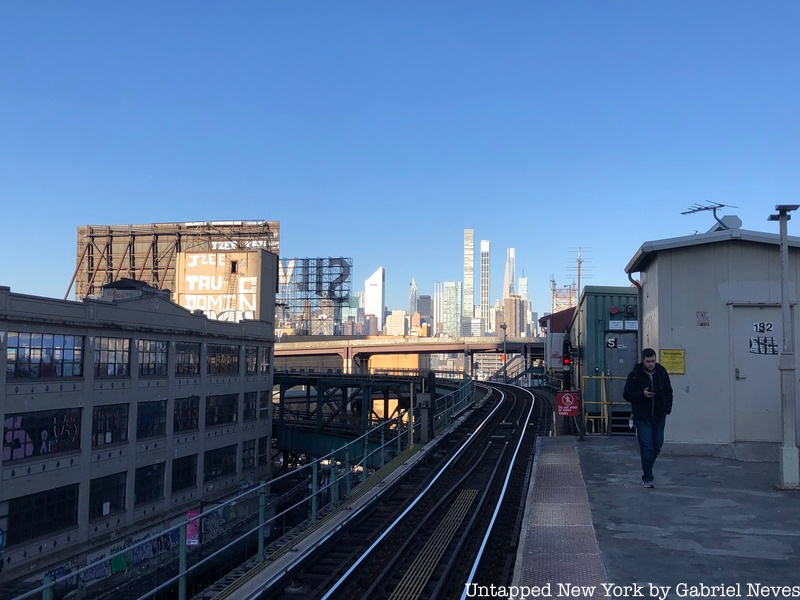
The 33rd Street-Rawson Street stop edges on the border between Sunnyside and Long Island City just along with the final extent of Queens Boulevard. The boulevard itself mostly consists of shops and restaurants, while other portions of the area feature some office buildings and schools like LaGuardia Community College and Aviation High School.
-Gabriel Neves
